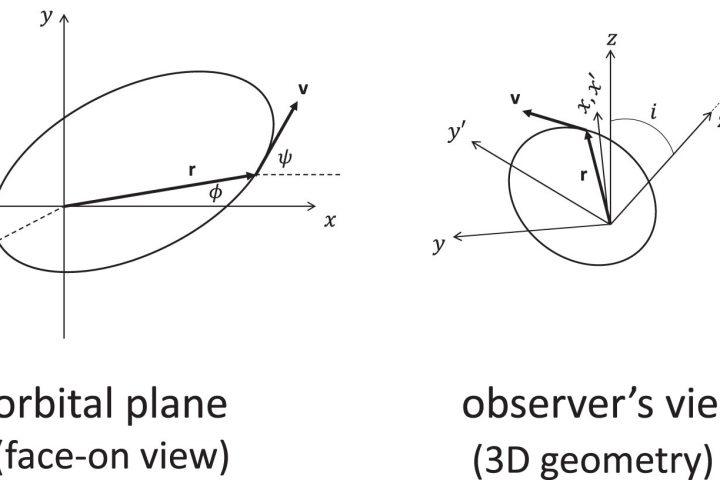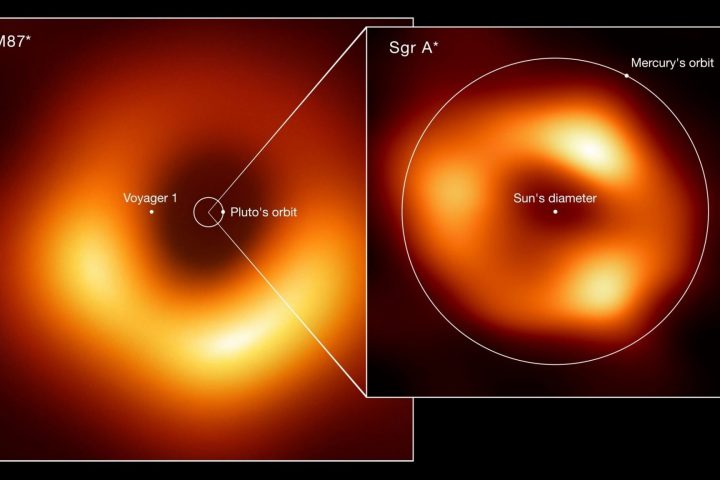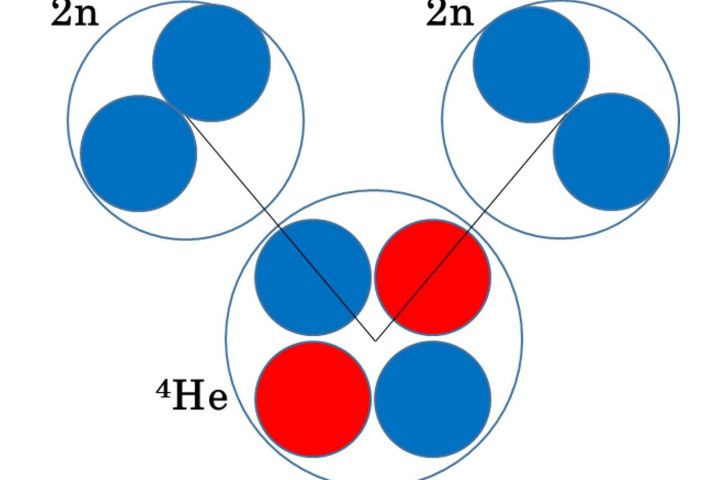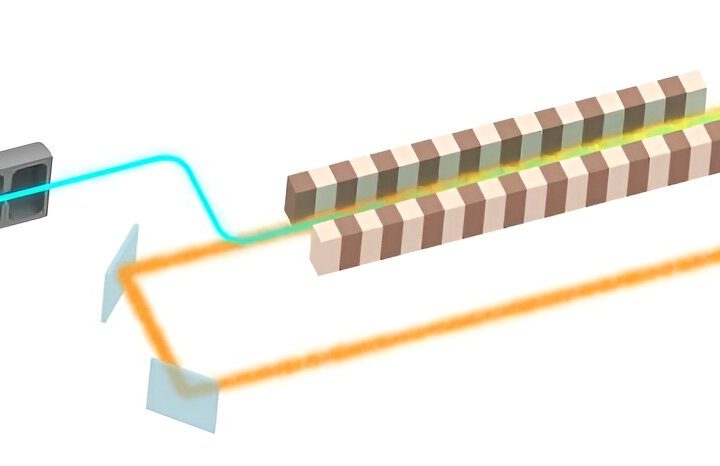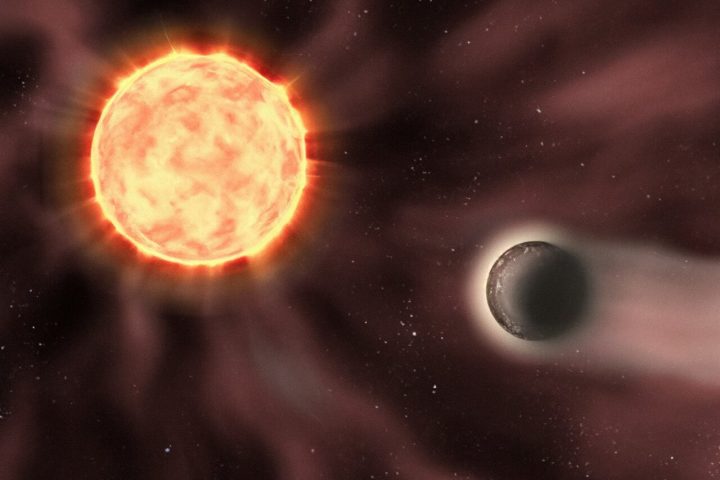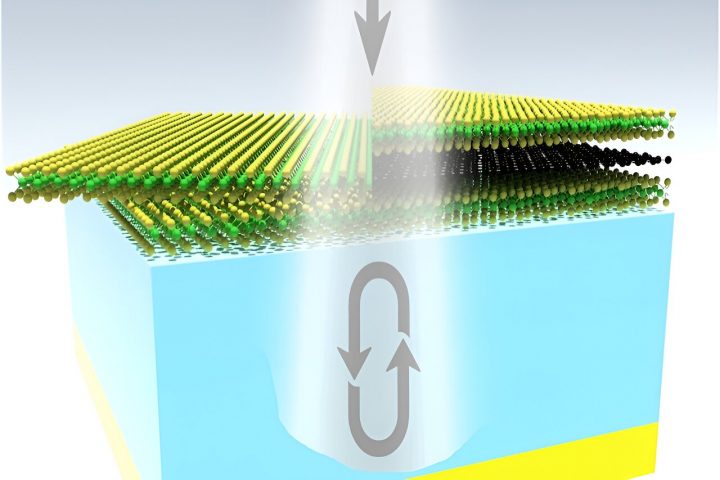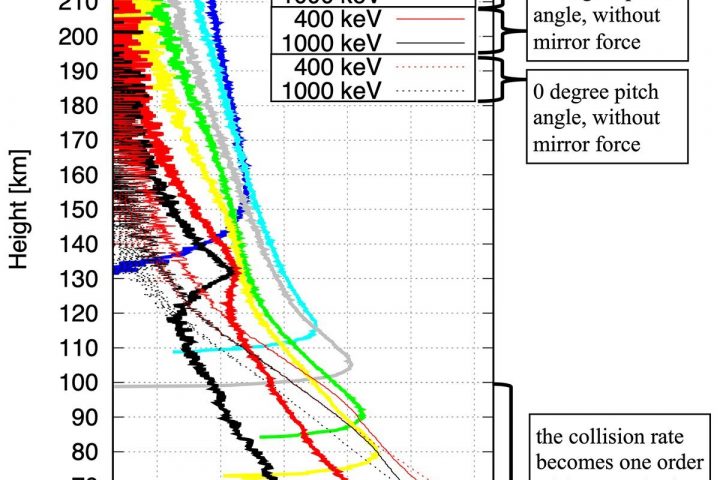Japan's XRISM (X-ray Imaging and Spectroscopy Mission, pronounced "crism") observatory, expected to launch Aug. 25 (Aug. 26 Japan local time), will provide
A new study reports conclusive evidence for the breakdown of standard gravity in the low acceleration limit from a verifiable analysis of
The road to a quantum future may be longer and more winding than some expect, but the potential it holds is profound,
At the heart of our galaxy, there is a monster black hole. Known as Sagittarius A*, it has a mass of 4.2
Atomic nuclei consist of nucleons such as protons and neutrons, which are bound together by nuclear force or strong interaction. This force
The Psyche mission is speeding toward its Oct. 5 launch date, preparing for the last of its launch-preparation milestones. Robotically unfurling in
At particle accelerator facilities around the world, scientists rely on powerful X-rays to reveal the structure and behavior of atoms and molecules.
Employing state-of-the-art numerical simulations, a study led by scientists at the Leibniz Institute for Astrophysics Potsdam (AIP) has obtained the first systematic
A University of Minnesota-led team has, for the first time, engineered an atomically thin material that can absorb nearly 100% of light
Understanding the ionosphere high in the Earth's atmosphere is important due to its effects on communications systems, satellites and crucial chemical features
"A place for everything and everything in its place"—making sense of order, or disorder, helps us understand nature. Animals tend to fit




